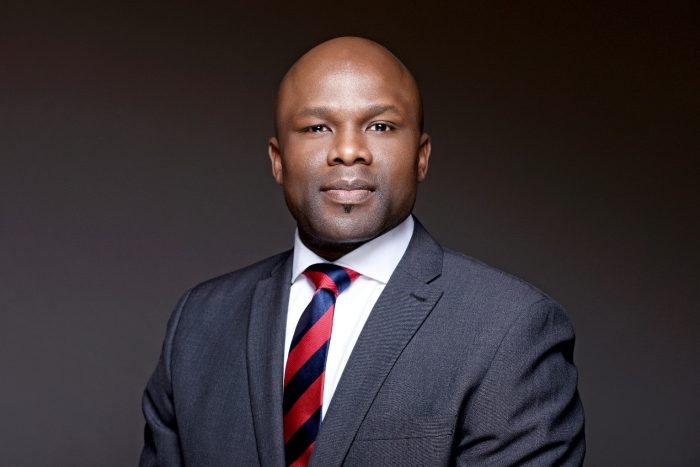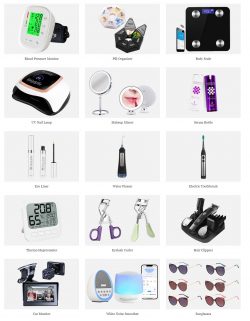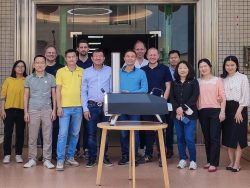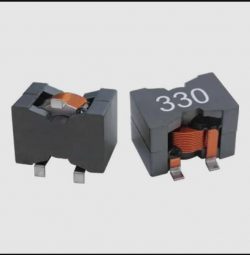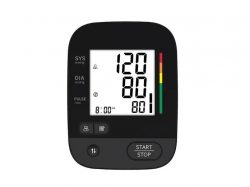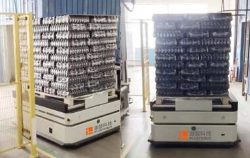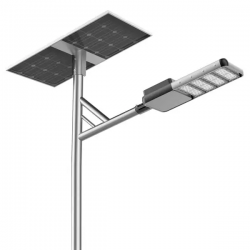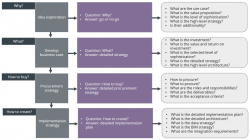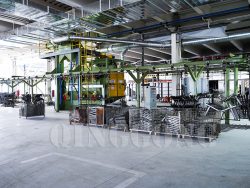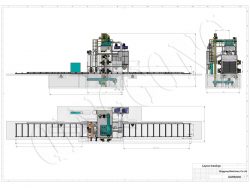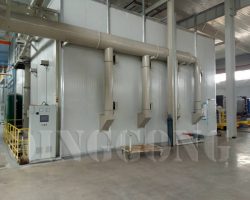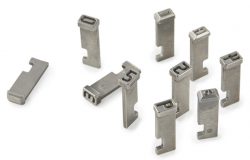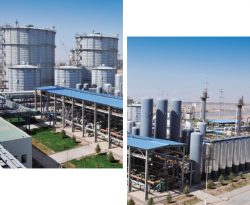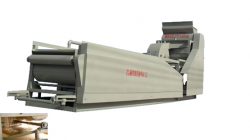The Evolving Role of Quantity Surveyors in the Digital Age
Data and technology play more critical roles in the whole lifecycle of cost management. quantity surveyors need to catch up with the digitalisation trend in the construction industry.
Glodon company limited recently talked with Bola Abisogun OBE, the Founder and Chairman of DiverseCity Surveyors and an elected Fellow of the Royal Institute of Chartered Surveyors (RICS).
In the talk, we discussed policies and regulations on quantity surveying, data and technology application, information sharing and collaboration, vocational skills, sustainable development, etc. We tried to shed light on the opportunities and challenges encountered by quantity surveyors in the construction industry’s digital transformation in construction process while exploring solutions for the coordinated development of people, organisations, industry, and technology.
What follows are highlights of the talk, edited and condensed for clarity.
Glodon: the UK introduced the concept of golden thread and the new Building Safety Act. How do you think the golden thread and government policy or regulation will lead to the digital transformation of quantity surveying in the UK and the global market?
Bola: Because of what happened at Grenfell tower and the lack of knowledge of detail as to who did what, when, and why, Dame Hackitt led a report called Building a Safer Future. One of the recommendations in that report was to mandate legally, that asset owners/accountable persons/duty holders with high-rise residential buildings would be legally required to demonstrate and evidence the golden thread.
The golden thread means different things to different people at the moment. But in my mind, the golden thread is all about understanding how the building was designed, built, and maintained during its entire lifecycle, and also providing information and advice for users of the building to understand how the building should be working. The golden thread has to be created in a digital format. It has to be maintained in a digital format, and it has to be shared and enabled as an interoperable layer in a digital format.
So the fact that the only way to succeed with the golden thread is to unlock digital transformation in historical analogue processes, will ‘force’ the cultural change required, which I believe, for the sector is to shift from two dimensions to potentially five dimensions.
Glodon: How does the golden thread affect the future potential of the quantity surveyors?
Bola: It’s all about data. Quantity surveyors historically have only ever managed data. Data from engineers, architects, clients, product manufacturers, and contractors. But, quantity surveyors have to now evolve from cost to value.
I believe that the quantity surveyor is well placed now to become a strategic advisor in so many other ways. We have to raise our game around what we have done. The value we are adding to projects, not only from a cost measurement and quantification basis but also now moving into the net zero and decarbonisation agenda, along with increasingly important ESG requirements. We need to think about our role in demonstrating value for the new client’s agenda. And the role of technology and, specifically, the role of digital twins in that solution will become more prevalent over time.
Clients now are asking for more challenging requirements through their projects. They want more data, evidence, insights, and value. So the role of the quantity surveyor is at a crossroads today.
Glodon: Data is said to be the new gold of the industry which is of great importance in enabling and empowering transformation in quantity surveying. SMEs rely heavily on their historical data, possessing a significant disadvantage in data accuracy. What’s your opinion on the inaccuracy of data existing in the industry?
Bola: In construction claims management, historical project data is relevant. But if it’s not structured, it has no value. So the role of historical cost data in determining future or current project cost, not value, is skewed to some degree. It can only give, at best, a percentage of accuracy. If you value a project today, there are all these risks below the line that haven’t yet been quantified and measured, which is always the case with the quantity surveyor. How do you bring certainty based on historical data to the unknown costs currently sitting within the cost plan you give to your client? All the current variables below the line have a risk of changing the minute you present them.
The question is when using historical cost data can you capture the changing cost drivers within 24 seconds of previously advising a client? It’s never been possible to do that. But today, in 2022, with the level of technology and the tools that we have, it should be possible for every consultant to capture such detail, the real and at the right time, the movement of cost based on the composition of the design estimate. So when you think about the role of historical cost data, it has a role, but the role is not 100%. In order to get to 100%, ideally, you need to use technology to help you predict the different outcomes that you can’t price, cost, and manage in 2D.
The first thing most clients say is how confident you are in the numbers you have presented. And that is when you find a quantity surveyor begins to talk about the risks and the unknown costs in the number submitted. So the role of technology, in my mind, is going to reduce the risks associated with every number that says the project is going to cost X plus.
We need to move to a point where we are fusing historical cost data with predictive cost data based on models of risk around the world that correlate with and pick up what is going on in supply chains in various countries and rely upon the competency of the professional design team and all other risks that have an impact on the whole-life construction cost. That is why we need to think not only about the role of historic cost data but the role of predictive cost data and the relationship between the two.
Glodon: In what way can the quantity surveying industry better collaborate? What is the best scenario for collaboration?
Bola: The biggest challenge we have with collaboration is not that the sector cannot do it; the challenge is how do we create trust. There is very little trust between the various actors, notoriously between clients and their professional design teams. So, in order to collaborate, we need to trust each other more. We have to remove the human emotion of prejudice and bias and develop the human capability to trust each other. We need to create technology solutions that foster trusting behaviours; such as digital twin and other distributed ledger-type technologies like blockchain.
I come back to solutions like the digital twin because the digital twin environment creates an opportunity for all stakeholders to become ‘visible to each other. So if I make a change to my project workflow and I do not tell you, the system will tell you. It’s all very transparent. There are very basic level conversations that do not foster trust in the industry, and the biggest consequence of a lack of collaboration, particularly on big data, is the fact that the trust in the data isn’t there in the first place. Where does the data come from? Who put the data together? Is the data free? Is the data payable? All these are valid questions that either build or destroy trust between parties.
And on the collaboration piece, the question is, do I take away from my competitive advantage if I share my data with you? And it’s a tougher question the higher and the bigger the business is. So, sharing data as a micro business is relatively straightforward. Sharing data as a big business is ‘potentially’ a real problem. And sharing data between big business and micro business is almost impossible, from a lived experience.
So, cultural change is required here And everywhere across the value chain. It’s not entirely about the technology. It’s about the people. The lack of collaboration within and across the industry is a people-centric challenge. It is not just a, but technology has a significant role to play in the available, scaleable and sustainable solution.
I will now come back to the tragedy of Grenfell tower. A blockchain solution can do two things: it gives clarity to any third party that wants to investigate what’s happened from an audit perspective, and it also gives a level of trust because the data is immutable to all parties, and it gives transparency and accountability. If we can introduce trust, transparency, and accountability in a big data environment, it will unlock the cultural change required to ‘force and sustain’ collaboration.
Glodon: Technologies like blockchain, big data, and digital twins are emerging. What are preparations needed before we can cash in on their full potential?
Bola: What needs to happen for the role of technology to really flourish is the 154-year-old business model of the quantity surveyor needs to change. We need to recreate a new business model that talks about the new ways of sharing and creating data. And then align the skill set of the quantity surveyor, cost manager, and commercial manager to the new skills required. We need to then produce a new business offer to the public citizen and other key client groups that want to continue to pay for a professional service in the sphere of cost management.
And to me, it is aligned to the whole concept of working in cloud-based solutions, working in common data environments, using BIM-enabled, data-driven workflows, to foster better information management, deploying digital twin solutions, and using APIs, to share data. That’s a new business model and one that I have been working on since I graduated from university in 1994.
However, the bigger issue is the fact that the digital skills maturity of every professional isn’t high enough. Right now, every professional, at least every quantity surveyor, should think about skilling or reskilling with a focus on digital and people skills. Unless that happens, the change we need to see won’t be sustainable. Clients that are asking for better and more meaningful, measurable outcomes will begin to force the change by asking for metrics that are aligned to, for example, ESG funding models and deliverables. And to do that well, you are going to need to use solutions like digital twins. So this is a very layered perspective that the industry needs to think about. But it starts with the uptake of digital skills.
Glodon: What specific skills and knowledge will be essential for the professionals in the future if they are the new embracers or the supporters of new technologies?
Bola: The first skill I think to be acquired is humility. Quantity surveyors need to recognise what they can do well and what they don’t do well. And they need to be open and honest about where they go for solutions. In 2022, we cannot maintain our role as an individual, only as value-creating, empathetic team players.
Most of the skills required for the quantity surveyor, aside from the obvious digital skills, are emotional, critical thinking, empathy, and strategic team-building skills. Soft skills that make people better manage others and themselves. It’s something that comes over time. But those are the bigger skills because we are going to become less of a technician and more an advisor. And to be a great advisor, you have to understand people and recognise their emotions. That is why I see a big move towards emotional intelligence and people skills becoming much more relevant and then, becoming fused and better managed with the technology side because our technical role has been, and will continue to be, augmented by technology.
It’s about people; it all comes back to people.
Glodon: Sustainability and carbon neutrality is an urgent task that calls for a global effort. Does digitalisation in quantity surveying offer hope and solutions to reduce carbon emissions?
Bola: The role of carbon measurement sits very well with the traditional quantity surveyor, but it will require different skills and a different understanding and appreciation of the risks associated with carbon measurement and the construction process. I believe it’s an evolution of the traditional role, but it is not entirely about measurement. It’s more about interpretation and advice on risks associated with the process, everything from the inception of the design, construction, and handover beyond construction. The real challenge and the real opportunity for carbon measurement are in occupied buildings. Is the building functioning and operating in the right way? That’s the key and critical question. And from my vast experience, the best professional to oversee that process and/or audit is the quantity surveyor or ‘digital’ cost manager.
Glodon: How do you think the role of enterprises such as Glodon to play in the digital transformation of the quantity surveying industry and in the evolving of the future role of quantity surveyors?
Bola: This is a perfect opportunity for successful entities like Glodon to lead the digital transformation agenda. But in order to do that well, we have to disrupt the sector. We have to disrupt the current status quo. Cultural change will not happen with people alone, but it can and will happen with technology-led, people-centric solutions. With your investment in digital twins, big data, artificial intelligence, blockchain, etc., you are now well gifted to position yourselves as an innovator and think about your future role, and what digitally enabled services you can offer that add value to the professional Quantity Surveyor / Cost & Commercial Manager and also, create important and much-needed value for clients. You can help to address some of the pressing problems for quantity surveying today. For example, cost overruns, are among the biggest issues in the UK construction industry, which could be caused by inaccurate project requirements, poor communication, lack of collaboration, undefined risks, and preliminary cost estimates based on scant design information; the inaccuracy of project data across the project life cycle and value chain; along with the ‘age-old’ professional discipline working in silos, hampers the very fragmented way of delivering projects. It is time to be bold and lead the trajectory of a wholly collaborative and seamless project delivery model, driven by people with real-time / right-time datasets.
